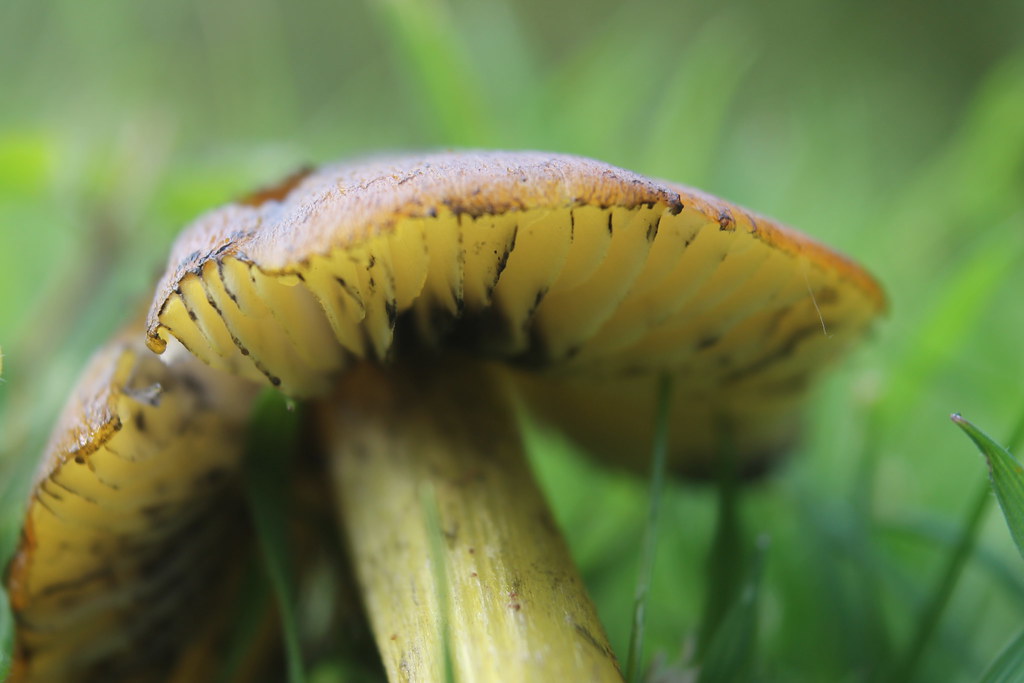Iam thinking your right harrvestmanI would have said Lycoperdon perlatum myself, but await the verdict of the expert.
Thanks
Iam thinking your right harrvestmanI would have said Lycoperdon perlatum myself, but await the verdict of the expert.
I'm not sure either, but without looking at my books I will go with Brown roll-rim, Paxillus involutus.
I would have said Lycoperdon perlatum myself, but await the verdict of the expert.

Okay then Geoff, I expect that this isn't possible to species, but I have this down as Hygrocybe nigrescens, Blackening wax cap. Not conical enough for H. conica. Plausible?
Bloody waxcaps.
The correct latin name of Blackening Waxcap is H. conica. H. nigrescens is an old synonym, not a different species. Or did you mean H. nitrata (Nitrous waxcap)? As for what that is - I suspect it is H. conica, regardless of how conical it is.
Aren't they one of the red species?
My out of date book again Geoff.
You need the latest Collins guide by Stefan Buczacki.
Thanks Geoff. That will be why I spent a few hours wracking my brain over it to no avail then, not an easy subject this but the deeper you delve the more interesting it gets.That one is not easy at all. It might be a Cortinarius of some sort. But to be honest I've spent the whole evening trying to identify both my own finds and those posted by people on various sites and I'm pretty mushroomed out - and that one looks like hard work. It's been a very busy start to the mushroom season.
found on an anciant stone step...
The nearest tree is a large horse chestnut about twelve meters from the steps and opposite them about two meters away is an old victorian timber boathouse which does have some rotten planks. The soil it was growing on was roughly three millimetres deep and it was about five centimetres from the edge of the step.This isn't helping. No species of fungi grow "on stone". One or two manage to grow on mortar, but not stone. How near was the nearest tree? How deep was the organic material...? How far from the edge of the step was it...? Was there any decaying wood around?
You need the latest Collins guide by Stefan Buczacki.
I bought this the other day on the strngth of your recommendation; brilliant book and hugely better than any pocket guide, but still small enough to use in the field; thanks
The nearest tree is a large horse chestnut about twelve meters from the steps and opposite them about two meters away is an old victorian timber boathouse which does have some rotten planks. The soil it was growing on was roughly three millimetres deep and it was about five centimetres from the edge of the step.
Sorry for being vague before but I hope you have the info you need now
Cheers
No worries mate, trust me to choose the most difficult specimine on my first outing this yearI'm afraid I still have no idea...
